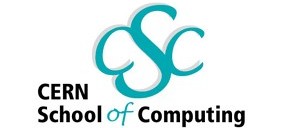|
Part 1 by
Ruben Leivas Ledo
1. Why patterns?
2. Group of Four Taxonomy of Design Patterns
-
Creational Patterns
-
Structural Pattern
-
Behavioral Patterns
3. Classification of Design Patterns
4. Elements of Design Patters
-
Name
-
Problem
-
Solution
-
Consequences
5. Some interesting examples applied to the real life of
programmers
6.- Implementing Design Patterns as Declarative Code
Generators
7.- Patterns for Java and Distributed Computing
Part 2: Important Enterprise Patterns by
Brice Copy
8.- MVC in Web applications (Struts, Spring MVC)
9.- Inversion of Control, Dependency Injection (Spring) |

